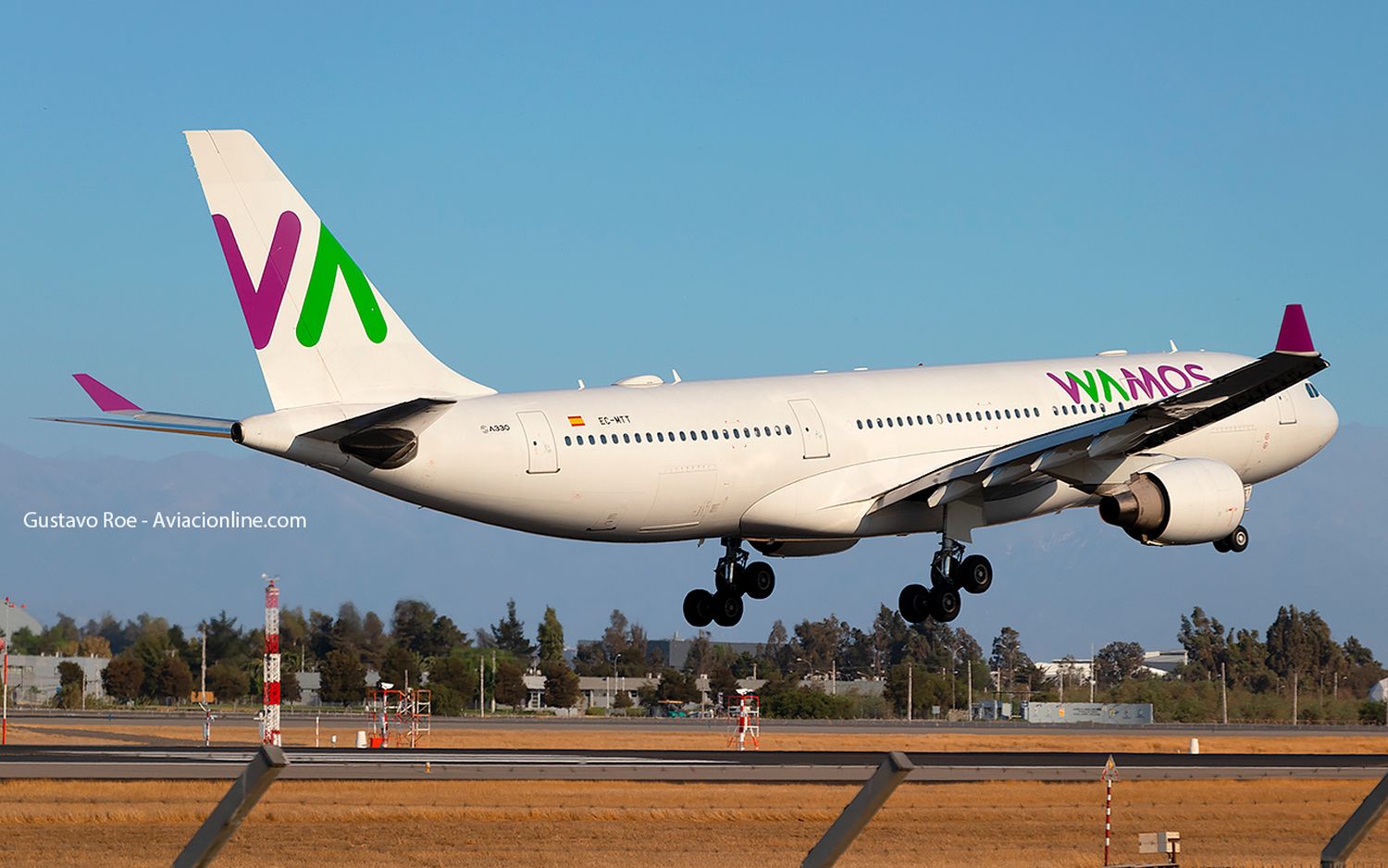In aviation, airlines seek flexible solutions to operate their fleets and adapt to the changing market demand. Two key leasing models are ACMI and dry lease, each with specific features that make them useful in different contexts. Additionally, recent events such as Abra Group’s acquisition of Wamos Air or Flybondi’s incorporation of four aircraft under wet-leasing highlighted the relevance of ACMI leasing in the industry.
ACMI leasing: An all-inclusive solution
ACMI leasing (short for Aircraft, Crew, Maintenance, Insurance) offers a comprehensive solution. Under this model, an airline (the lessor) provides not only the aircraft but also the crew, maintenance services, and insurance. The airline leasing (the lessee) takes on other costs such as fuel, airport fees, and ticket sales.
This type of contract is particularly useful for managing seasonal demand peaks, delays in new aircraft deliveries, or unforeseen operational situations. For instance, Wamos Air, now part of Abra Group, is known for offering ACMI services to airlines worldwide, enabling them to efficiently manage their capacity.
Dry lease: Simpler but strategic
In contrast, the dry lease is a simpler model where the lessor only provides the aircraft. The lessee handles all operational aspects, including crew, maintenance, and insurance. This model is ideal for airlines with operational expertise that are looking to expand their fleet in a planned manner. It is often used in long-term contracts aimed at sustainably increasing capacity.
Main differences between ACMI and dry lease
ACMI leasing includes additional services, making it perfect for short- and medium-term needs, while dry lease is better suited for long-term contracts where the airline has full operational capacity. In terms of responsibility, ACMI relieves the lessee of tasks such as maintenance or crew management, which in dry lease are fully assumed by the leasing airline.
On the other hand, ACMI leasing is ideal for addressing operational emergencies or quick capacity adjustments, while dry lease caters to more robust long-term expansion strategies.
Abra Group and Wamos Air: A recent example
The recent purchase of Wamos Air by Abra Group illustrates how major airlines are leveraging the ACMI model to enhance their operational flexibility. Abra Group, which also includes brands such as Avianca, GOL, and Viva, positions itself as a key player in the Latin American market. The incorporation of Wamos Air provides them with a versatile tool to respond to fluctuating regional and international demand.
A constantly evolving market
ACMI leasing continues to grow in popularity due to its flexibility and ability to address operational problems immediately. Examples like the partnership between Avion Express and Flybondi in Argentina show how airlines are using this model to manage high seasons and optimize their operations.
Meanwhile, dry lease remains a solid option for airlines with long-term expansion strategies. Each model has its place in the industry, and depending on the specific needs of the airline, it can make the difference between an efficient operation and an overloaded one.
Ultimately, ACMI and dry leasing are complementary tools that allow airlines to adapt to the challenges and opportunities of a market as dynamic as aviation. The key lies in knowing when and how to use them to maximize their benefits.


Comentarios
Para comentar, debés estar registrado
Por favor, iniciá sesión